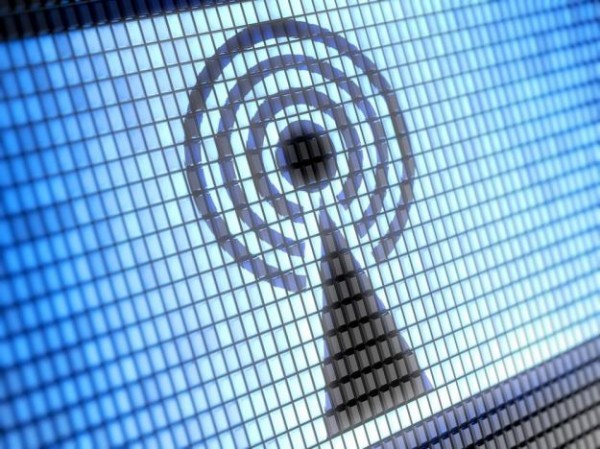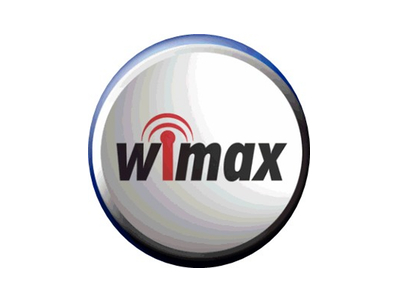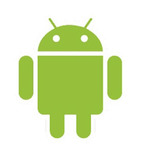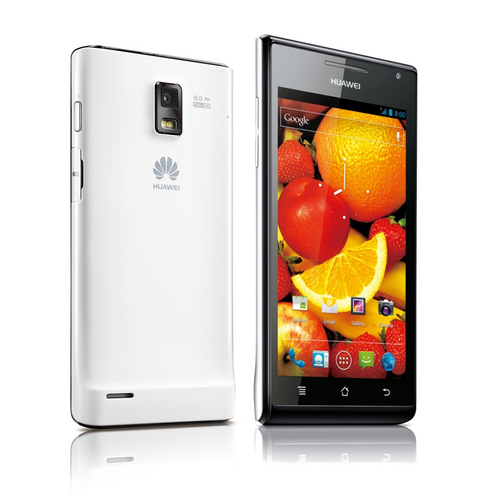LTE stands for Long Term Evolution. This is a set of wireless specifications developed by the third generation partnership project (3GPP), a collaboration of telecommunication companies. LTE was developed to improve the speed and bandwidth of wireless data connections with the help of new developments in digital signal processing. The major advantage of LTE is the high bandwidth owing to a redesign of the existing 3G infrastructure to include an Internet Protocol based architecture known as Evolved Packet System (EPS).
Advantages Of LTE
Long Term Evolution has many advantages including high bandwidth, speed, efficiency, etc. Here is a list of the major advantages.
- With a proper MIMO setup (up to four antennas at the transmitting and receiving ends), LTE can provide up to 299 mbps download speed and up to 170 mbps upload speed.
- LTE works with two different types of air interfaces (OFDMA for downlink and SC-FDMA for uplink). This makes LTE consume much less power than 2G and 3G systems.
- Better spectrum flexibility as compared to WCDMA (Wideband Code Division Multiple Access), another 3G standard
- Cells can be as large or as small as possible. This means fewer towers are required for LTE communication.
- LTE has low latency, which means handshaking (transfer of communication from cell to cell) happens much faster. This also improves the quality of your connection while traveling. Even if you travel at very high speeds of up to 300 mph, your connection will not break.
- LTE works well with other standards, such as WiMAX, Wi-Fi, and NFC.
- LTE is a type of SON (Self-Organizing Network), which makes it successfully redistribute cellular connections for an optimal configuration at all times. This essentially makes LTE an intelligent network.
As you can see the advantages of LTE are many, making it a very powerful solution for future data connection needs.
Deployment
LTE is a packed-switched network unlike circuit-switched ones such as GSM and CDMA. While circuit switching is better equipped to handle real-time communication, such as voice calls and text messages, packet-switched systems like GPRS are used for data connections. If you are using LTE, as soon as you switch on your mobile phone, it gets an IP address from the network. LTE handles regular data connections and real-time communication (voice calls and text messages) through an IP-based system (EPS). The IP address, which is assigned to the smartphone upon connecting to the LTE network, is released when the phone is switched off. Internet Protocol switching makes LTE a very simple technology to deploy. LTE uses two formats—FDD (Frequency Division Duplex) and TDD (Time Division Duplex). Most of the current LTE providers use FDD. This means, a smartphone communicating with LTE uses two different frequencies for upload and download. LTE was initially developed only as a data network (as an improvement of GPRS and EDGE) and not for real-time communication. The challenge is that the network operators working with LTE should be able to use its data capabilities to handle all operations—voice calls, Internet browsing, text messaging, carrier broadcasts, etc. For this purpose, VoIP solutions, such as VoLGA, VoLTE-IMS, etc., have been developed.
Conclusion
LTE is the industry’s answer to users’ demand for better speed and bandwidth for data connections. The first ever LTE network was established by TeliaSonera (a company formed by the merger of Telia and Sonera, which are telecommunication firms of Sweden and Finland respectively). In the United States, LTE is being widely deployed by companies like Verizon, T-Mobile, and AT&T. With the availability of multiple antennas in products like Amazon Kindle Fire HD, LTE will be highly popular in the coming days. Also, it is one of the most sought after aspects of upcoming smartphones.
Lenin Nair has worked as a technical lead for various companies, including Accenture, HP, AT&T before finding a full time career as a technical writer and editor for Blue Bugle magazine. Here is an article about Web analytics in his blog ZoomOwl. He can be reached via Facebook at facebook.com/leninnair

5 Comments
Leave a Reply
Cancel reply
Leave a Reply
This site uses Akismet to reduce spam. Learn how your comment data is processed.





















































































































































































Peter
March 5, 2013 at 5:20 pm
I admit it, it is the best and fastest mobile communication network I’ve ever tried; unfortunately it isn’t available in my hometown, I’ve only got my experiences while traveling abroad. It is a shame, because I cannot use the benefits of my iPhone5 this way, although I could surf much faster. At least we’ve got 3G…
Lenin Nair
March 6, 2013 at 3:59 am
Indeed. Thank you for the comment.
Joe Harts
March 6, 2013 at 6:11 am
I think with speed and better connectivity there needs to be emphasis laid on accessibility.The problem with most modern technologies is that the real deal never reaches the regions where it could revolutionize life itself.
Lenin Nair
March 6, 2013 at 9:26 am
Indeed, Joe. Thank you for taking time to comment.
Adam
March 12, 2013 at 10:21 am
I just want to say I like AT & T! A lot of folks give the company grief but its 4GLTe is amazing on this phone. I have got a hair salon in NYC, and I let my client surf for styles online when we are in the consulting stage. I wouldn’t do that with a slower network. Thanks for sharing this article! It is truly informative.